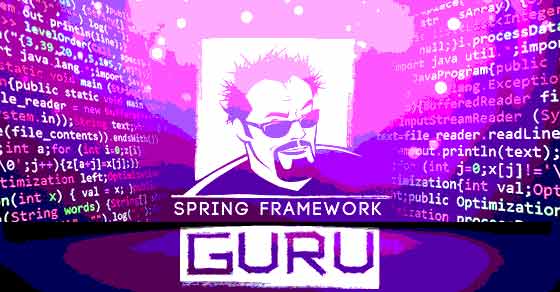Spring BeanFactory vs ApplicationContext
The Spring Ioc container is at the core of the Spring Framework. BeanFactory and ApplicationContext provide implementations of the IoC container. Both BeanFactory and ApplicationContext are interfaces and there are several implementations that come out of the box with Spring. In this post, I will explain the differences between BeanFactory and ApplicationContext. Major Differences between […]Continue reading








